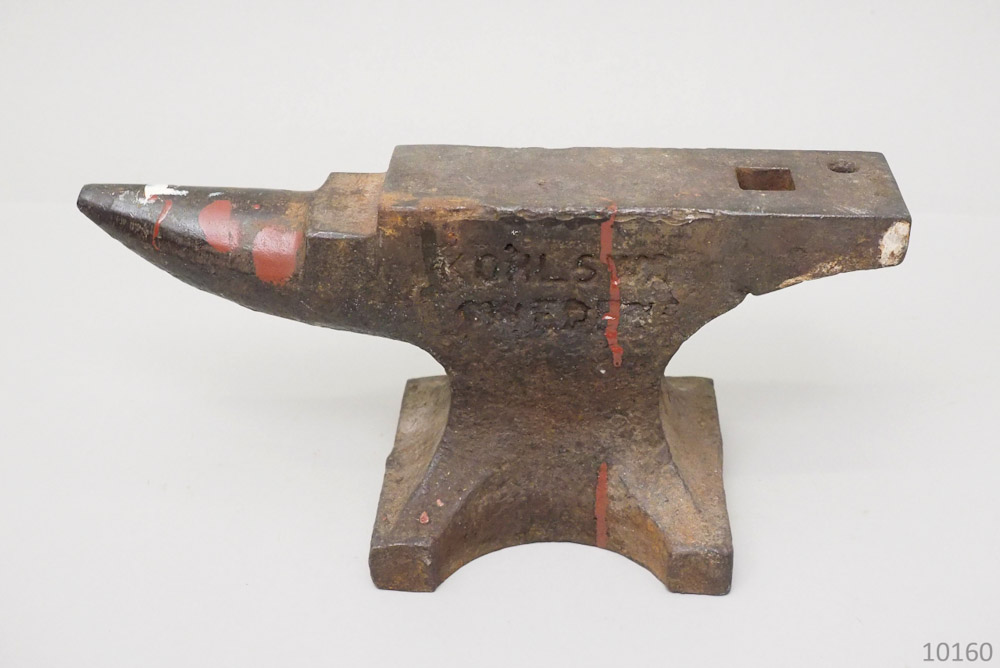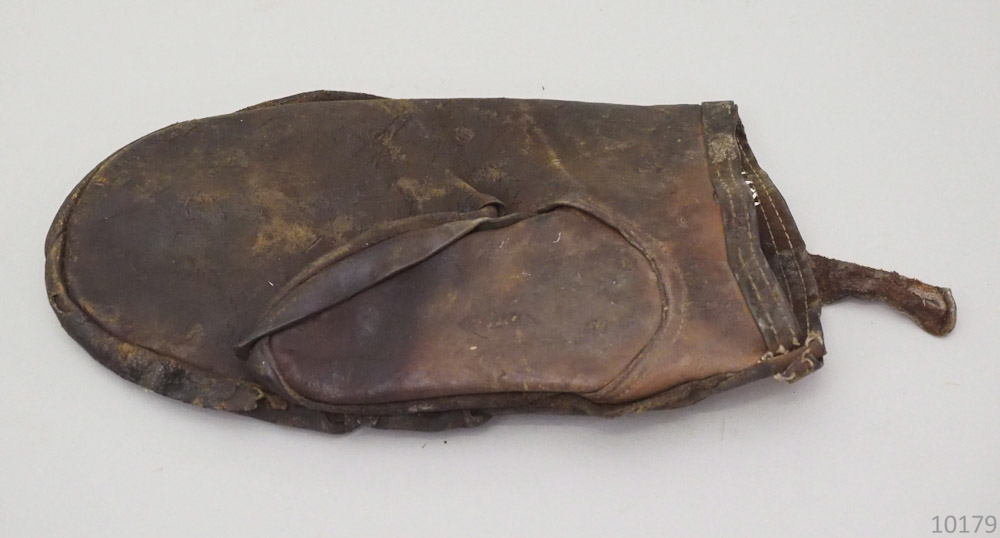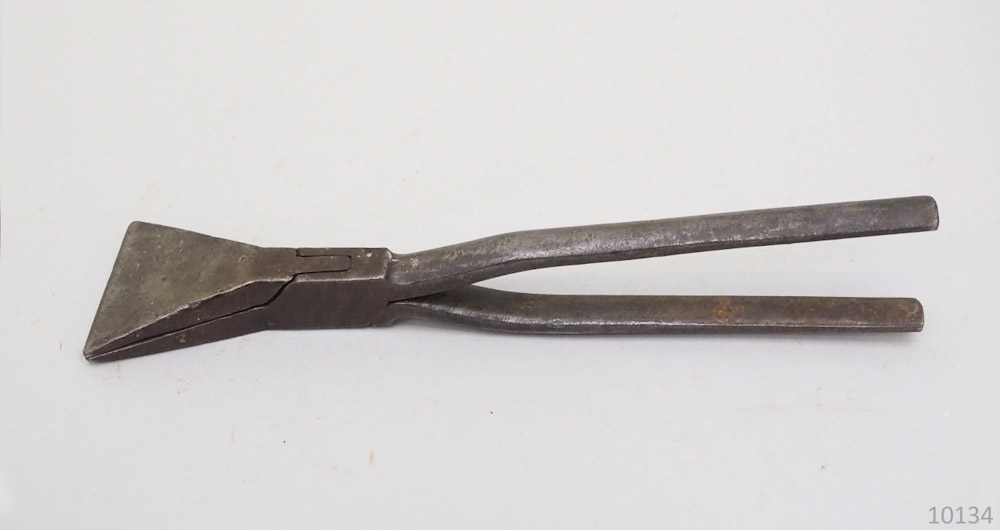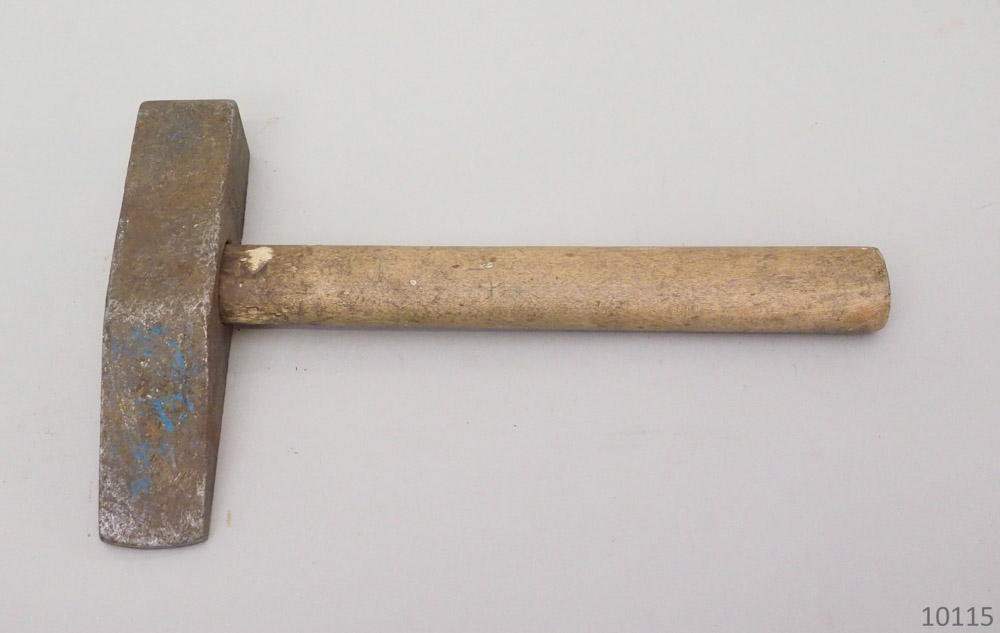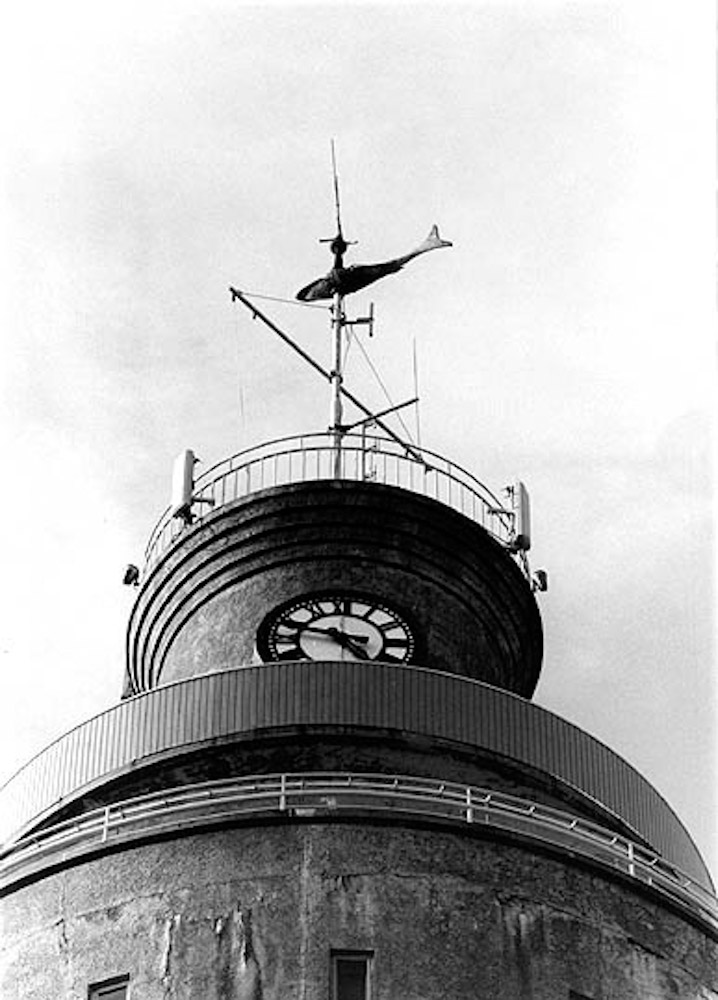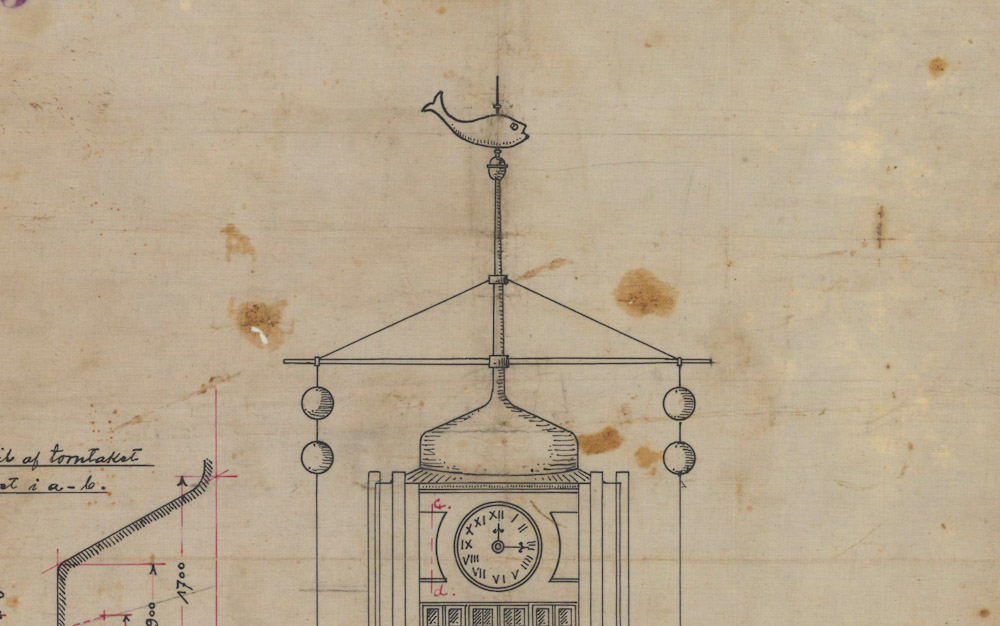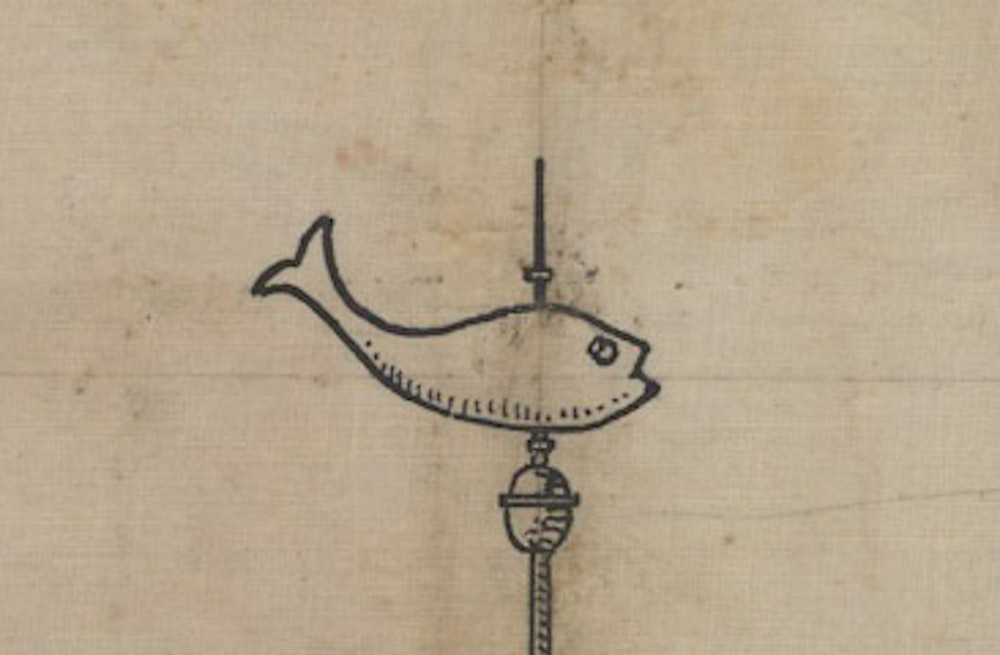
Tinsmith Einar Sandberg did many great jobs in Hanko. Among other things, he renewed the roofs of the church and powerhouse along with his sons after the war. He also made a large, 3-meter weather vane for the water tower that looks like a fish. Unfortunately, Einar suffered a cerebral hemorrhage while working on the roof of Lundell’s general store on the Esplanade. At that time he was already 80 years old and still involved in working life!
Einar Adalbert Sandberg was born on September 13, 1885 in Kellokoski, Järvenpää. Järvenpää is located 38 kilometers from Helsinki and at that time was a village that in 1862 had seen the arrival of the Helsinki?Hämeenlinna railway and now attracted new residents with small-scale industry. It almost sounds like Hanko around the same time. An ironworks was located in Kelloskoski.
Einar's father, Albert Sandberg (1860?1898) was a tailor and came from Tuusula Mäkelä. The family had lived nearby for many generations. Einar's mother Amanda Eleonora Österholm (1862?1902) was from Helsinki. At some point, the family moved to Västanfjärd, but unfortunately Einar's parents and grandfather died early. 16-year-old Einar and his siblings were probably taken care of by his grandmother. Einar was an apprentice in Lohja, and later he became a tinsmith and master in Helsinki. Einar moved to Lohja in 1907 and met his future wife Helmi Aina Wilhelmina Lindström from Helsinki (1886?1956) there. The engagement was widely reported in the biggest newspapers, and they got married in July of the same year. They had six children.
The family did not stay in Lohja, but moved to Hanko the following year, and lived in Wikström's house next to the hospital. Einar founded a sheet metal workshop together with Helm's brother, Johan Hjalmar Ferdinand Lindström (1888?1918). Hanko had a bright future, but clouds were gathering over Europe. The First World War broke out in 1914, and Einar moved to Petrograd (Petersburg) ? maybe after work. He returned to Hanko after the war and started making tile stoves. They became his main product. Einar also made gutters, gutters, tin roofs and tinned coffee pots.
Einar built a detached house on Niittykatu in 1924, and his workshop was also located in the yard. The house burned down during the war, but has been rebuilt. The sons of the family continued in their father's footsteps, and the workshop was expanded.
Einar did many big jobs in the city. Among other things, he renewed the roofs of the church and Voimakasin together with his sons after the war. He also made the water tower's big, 3-meter weather vane, which looks like a fish. Unfortunately, Einar suffered a cerebral hemorrhage while working on the roof of Lundell's general store on the Esplanade. At that time he was already 80 years old and still involved in working life! In his spare time, Einar was an avid sailor and co-founded Hangö udds Segelsällskap (HUS).
In the Hanko museum's collections, there are about 70 objects that belonged to Sandberg, and most of them are tools: various hammers, spanners, pliers, etc. The objects can come from both Einar's time and the time after Einar, when his son Nils continued his sheet metal work. The museum received a donation in 2000.
Photos: Hanko museum.
Text: Linda Svennblad, museum amanuensis.


